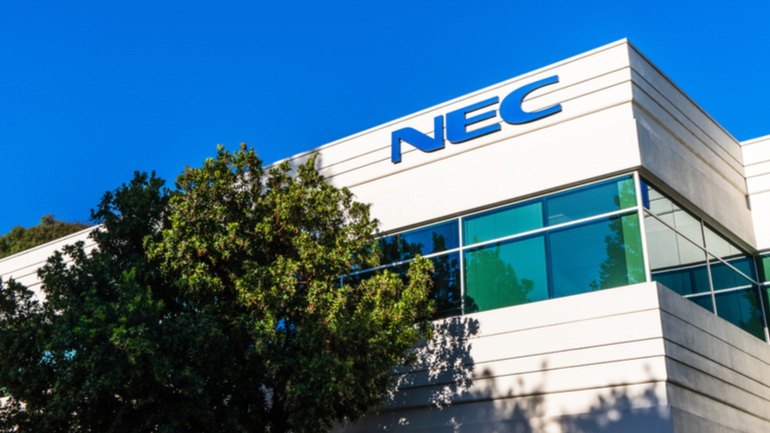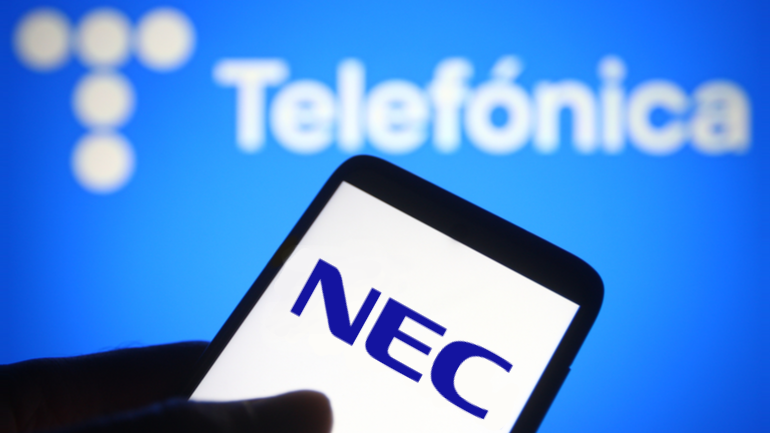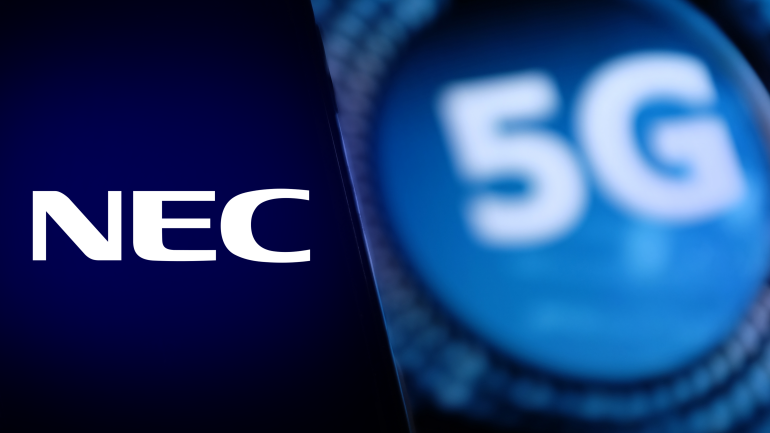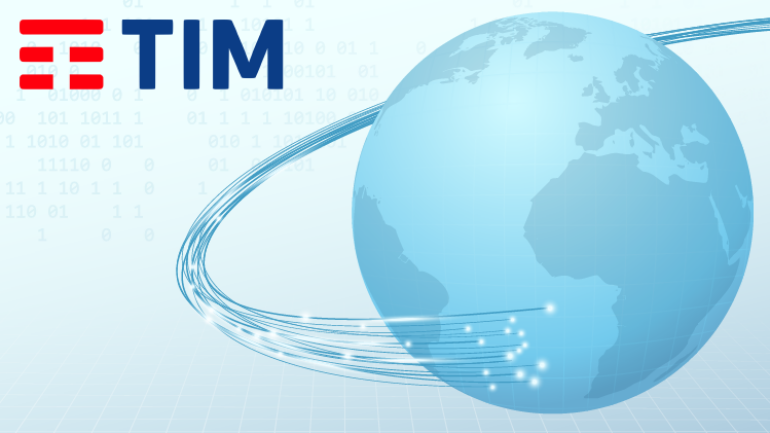Airbus and NTT DOCOMO have tested the possibility of supplying future wireless broadband access using the solar-powered Zephyr High Altitude Platform Station (HAPS). The experiment was conducted in August in the United States, when the Zephyr S aircraft flew in the stratosphere for 18 days to assess different capabilities. The Airbus Zephyr S, which is equipped with an onboard radio transmitter, offered a highly flexible data link during its stratospheric flight to mimic future direct-to-device connection. Test data was collected at different altitudes and during various hours of the day and night, with the goal of determining how weather conditions, varied elevation angles and aircraft flight patterns influence connectivity in the stratosphere. Various bandwidths were used in the tests to replicate direct-to-device services from the HAPS to end-users at low, nominal and high capacity. The demonstration proved the practicality and adaptability of the 2GHz spectrum for HAPS-based services,…
NEC Corporation, along with its subsidiary OCC Corporation and Sumitomo Electric Industries, has stated that they have conducted the first testing of an uncoupled 4-core underwater fiber cable and confirmed its transmission performance to fulfill the stringent requirements of global telecommunications networks. International data usage is anticipated to increase by 30-40% by 2026, owing to reasons such as the expansion of 5G mobile data and the necessity to exchange ever more content between data centers located around the world. Submarine networks are using space division multiplexing (SDM) technology to fulfill this need, which increases the number of separate spatial channels to maximize the overall capacity of the system, decrease energy usage and minimize the cost per bit transferred. Multicore fiber is projected to increase the number of parallel optical fiber cores without changing the size and structure of underwater cables, allowing the introduction of second generation of submarine SDM…
Centene has partnered with AT&T, Connected Nation, Dell Technologies and Intel to help reduce the digital gap among youngsters by providing foster agencies in Florida and Missouri better access to the Internet. Centene and the other organizations donated over 1,000 computers and 2,200 hotspots under the K-12 Digital Divide Program. The Digital Divide refers to the economic, educational and social disparities that exist between those who have access to the Internet and those who do not. The program, which is hoped will have a positive influence on the general welfare of the youth, was necessary during the pandemic since computers and internet connectivity were essential for routine activities, such as attending school or visiting the doctor. Mylayna Albright, AVP, Corporate Social Responsibility, AT&T, commented: “This program brings together major players in the health and technology industries to ensure foster youth can access important digital resources that address physical,…
Telefónica and NEC Corporation announced an agreement to undertake pre-commercial Open Radio Access Network (Open RAN) tests in Telefonica’s four key worldwide markets: Spain, Germany, the United Kingdom and Brazil. This is a step toward Telefonica’s goal of achieving a 50% expansion of their current radio network based on Open RAN by 2025. According to a joint press release, Telefonica will perform open RAN trials in Spain, Germany, the United Kingdom and Brazil, with the objective of offering commercial alternatives to at least 800 locations across the four countries beginning in 2022. Under the terms of the agreement, NEC will serve as the primary system integrator for the implementation and testing of multi-vendor Open RAN solutions with the Telefonica group’s operational businesses. Telefónica and NEC will also cooperate with the newly formed Telefónica Technology and Automation Lab in Madrid to validate and implement cutting-edge Open RAN technologies and…
AT&T has established a Connected Climate Initiative (CCI), which aims to bring together partners and academics to further cut carbon emissions. The firm has set an industry-leading goal of reducing greenhouse gas (GHG) emissions by 1 billion metric tons by 2035. A gigaton is equivalent to roughly 15% of US greenhouse gas emissions and nearly 3% of worldwide energy-related emissions, or 1.6 billion flights from Los Angeles to New York. The company intends to convene the brightest minds from leading technology companies, AT&T Business customers, universities, and nonprofits through the newly formed Connected Climate Initiative to identify best practices, develop innovative new products and use cases, and scale the innovations of startup partners building future’s 5G- and other broadband-enabled climate solutions. At the heart of this initiative is a push to persuade business IT firms to use more renewable energy sources, as well as to move more application…
Ericsson has announced the launch of its Private 5G, which will reshape on-site connectivity by providing secure and simple 4G LTE and 5G Standalone Connectivity (SA), targeting the manufacturing, mining and process industries, offshore and power companies, as well as ports and airports. Ericsson Private 5G enhances and makes business operations using cloud network management easier, keeping sensitive data on-site without downtime, and guarantees high performance under Service-Level Agreements (SLAs). The Ericsson 5G Private network is based on a 4G/5G radio and dual-mode core technology for extensive indoor and outdoor environment use cases, that include tracking assets and real-time automation, a digital twin to help optimize production operations, effective quality checks using augmented reality, and smart surveillance drones. This technology seamlessly merges with a variety of business projects, devices, and applications to increase productivity, deliver new offerings, boost customer engagement, and improve the overall work environment. The…
Two Japanese companies, Rakuten Mobile and NEC Corporation, have announced the signing of a Memorandum of Understanding (MoU) to promote Open RAN in mobile telecommunications markets worldwide. The MoU is based on Rakuten’s current partnership with NEC, where NEC supplies 5G radio equipment to the operator. The pair is also jointly working on developing a Rakuten standalone 5G core. Under the Memorandum of Understanding, Rakuten Mobile and NEC will continue to expand their local collaboration to provide 5G and 4G radios and engineering services for Open RAN systems that are compliant with O-RAN specifications. These services will be applicable to markets worldwide and will boost the global development of the Rakuten Communications Platform (RCP). RCP is Rakuten Mobile’s fully virtualized and containerized cloud-based mobile network platform, enabling telecom businesses to station virtual networks rapidly and inexpensively. Tareq Amin, executive vice president and CTO at Rakuten Mobile, said: “Rakuten…
Red Hat, a provider of open source solutions, has announced a partnership with NEC Corporation to deliver 5G solutions built on Red Hat OpenShift, the industry’s leading enterprise Kubernetes platform. With this partnership, NEC will be able to deliver its next-generation suite of core capabilities to the OpenShift platform. The NEC 5G core network solutions operating on Red Hat OpenShift will allow organizations to leverage 5G in many applications, including the 5G core, 5G radio access networks (RANs), edge computing, artificial intelligence, machine learning, and more, creating new income opportunities. This cloud-native network function (CNF) infrastructure will offer service providers a common telecommunications cloud infrastructure for a variety of use cases, helping to reduce management and operational costs. Service providers will also be able to reap the benefits of using an open, horizontal platform that can reduce total cost of ownership (TCO) by 30%, according to an ACG…
NEC Corp., a major Japanese information technology company, has agreed to support the development of the UK’s fifth-generation wireless networks across the country, as reported by the British government. The announcement came after Japan and the United Kingdom signed a bilateral free trade agreement following Brexit. Details of the deal are currently unavailable. Since the UK has banned Huawei from deploying its 5G network and has decided to fully remove Huawei’s equipment altogether by 2027 because of potential security issues, the question of who can intervene to fill the empty space left by the Chinese seller has remained open. While European giants Ericsson and Nokia were obvious choices, other candidates also made an appearance. The UK government asked Japan to help deploy 5G networks in the country back in July. British officials then told colleagues in Tokyo that the Japanese technology companies NEC and Fujitsu could be the…
TIM, also operating under the name Telecom Italia, is the largest Italian telecommunications services provider, offering telephony and mobile services as well as DSL data connectivity. The company has made every effort to maximize coverage in its fibre-optic rollout, bringing ultrabroadband to underserved areas and covering more than 2,000 districts in about 5 months. This increase in infrastructure is a key advancement in Italy’s growing need for connectivity in rural and sparsely populated areas across the country. As a result of this deployment, approximately 65% of households in these areas now have access to a high-speed connection, and in a short period, this initiative has taken an important step in bridging the digital divide in the country that TIM aims to fill by 2021. The fibre network currently covers 86% of the Italian population and it TIM aims to increase this figure to 90% by December, 2020. Although…













